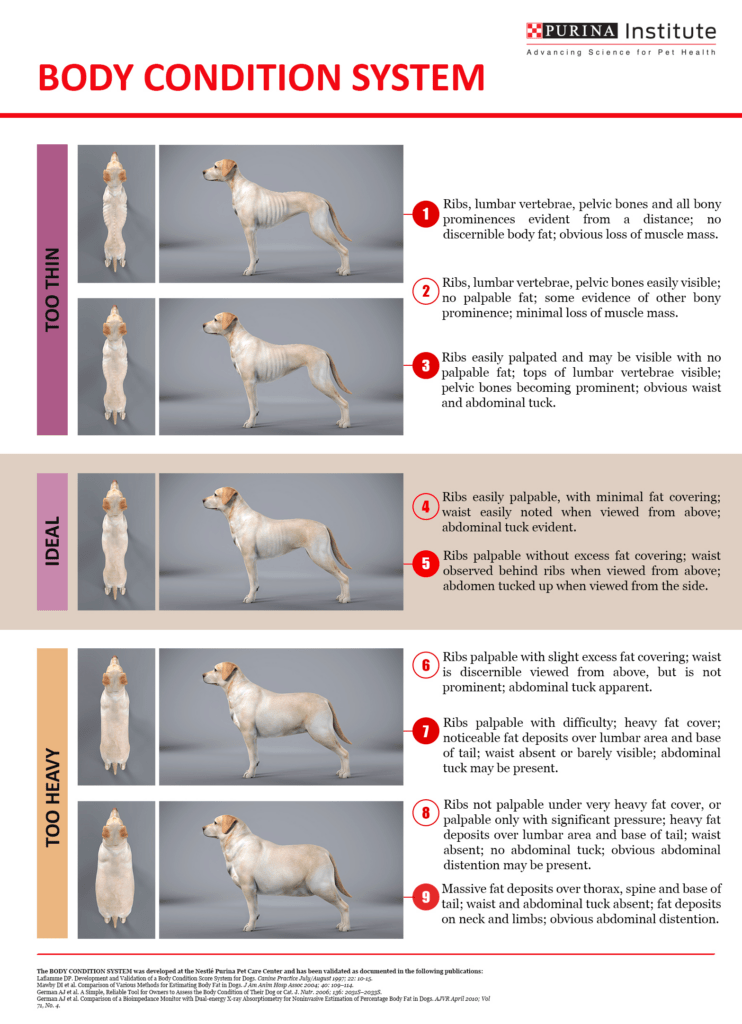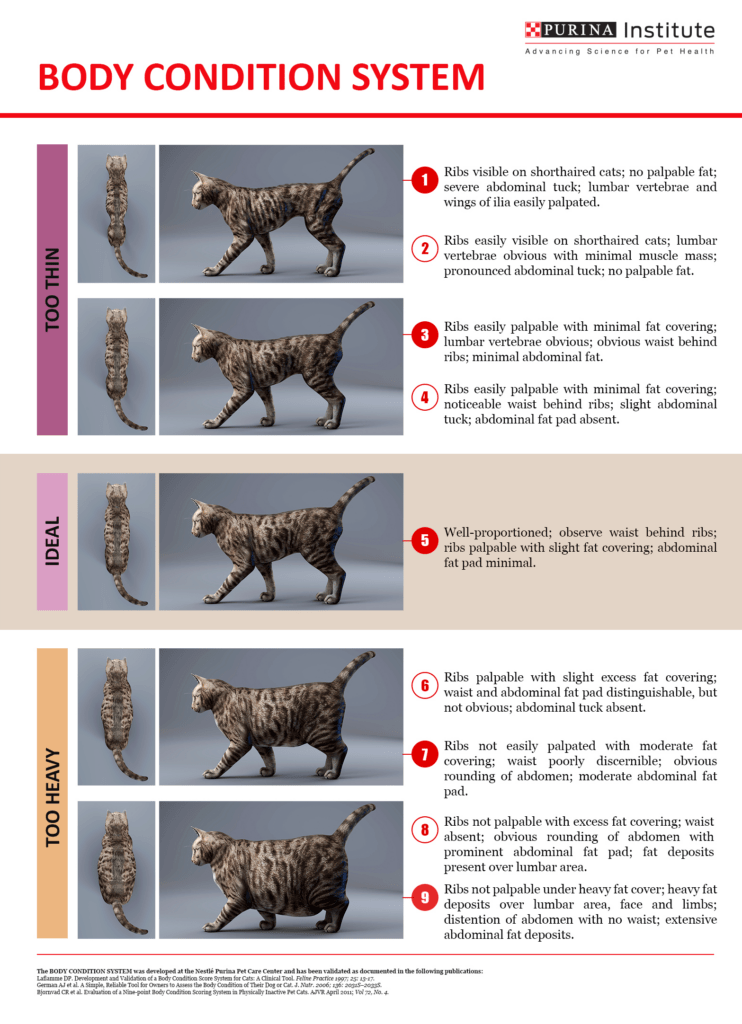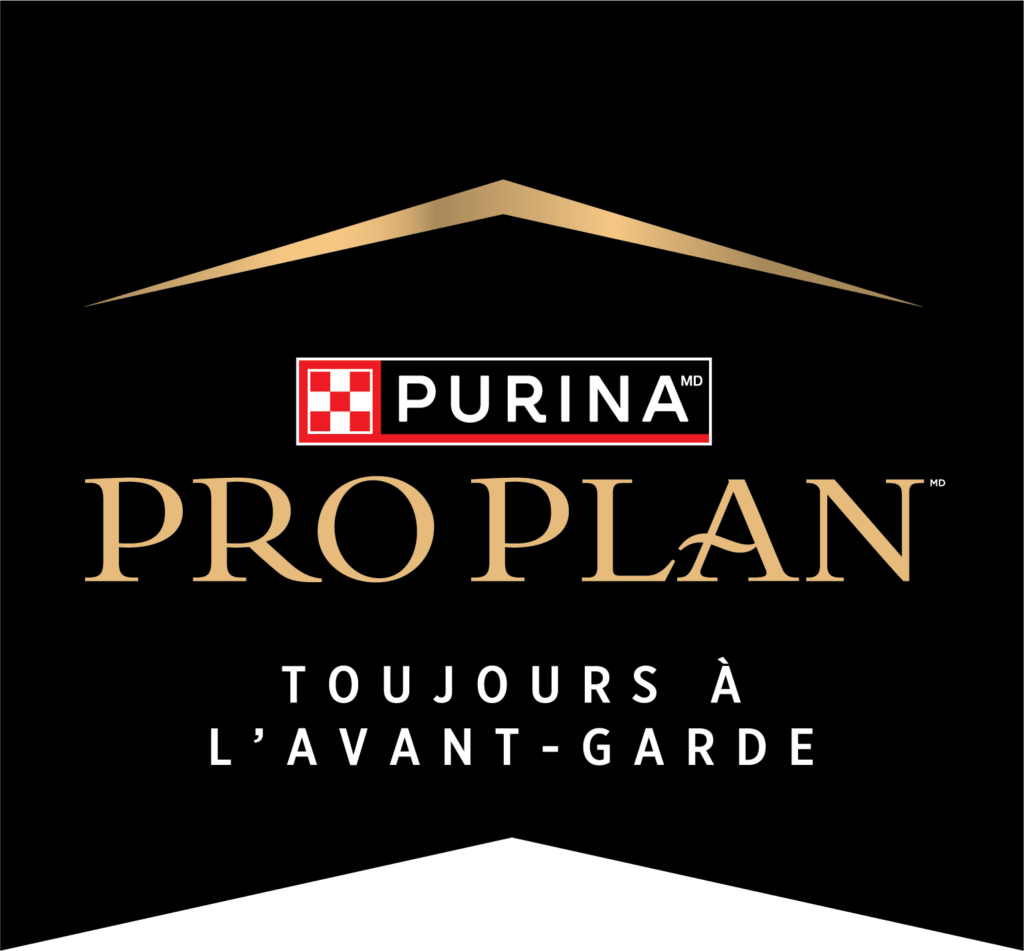
Presented in collaboration with Purina® Pro Plan®
Choosing the right food for your companion animal is a good way to contribute to their health, longevity and well-being.
In the long run, you could even save money by preventing health problems that are costly to treat. But with so many foods to choose from, how do you choose the right one?
Choosing a brand and a formula
The best people to ask about animal nutrition are veterinarians and animal health technicians. The team of professionals who know your dog or cat will be able to help you choose the food that best meets your animal’s needs. If your animal is young and healthy, there’s no need to buy specialized formulas; pet supply stores offer a variety of quality foods for your companion. Generally speaking, established brands are a good place to start.
Ingredients
You may be wondering which ingredients to look for (or to avoid!) when evaluating different types of dry and canned food. But beyond the ingredients, what matters are the nutrients the food provides. On the packaging, ingredients are listed in descending order by weight. This is why the first ingredient in canned foods is usually water. Grains may be listed above fresh meat in dry food, since meat loses a lot of weight when it is dehydrated.
Although by-products such as organs and blood may seem unappetizing to us, they are perfectly acceptable ingredients in dog and cat food. If you have ever watched a cat eat its prey, you may have noticed that it ingests almost every body part, including bones, organs and the contents of the digestive tract. We don’t necessarily have the same tastes as they do!
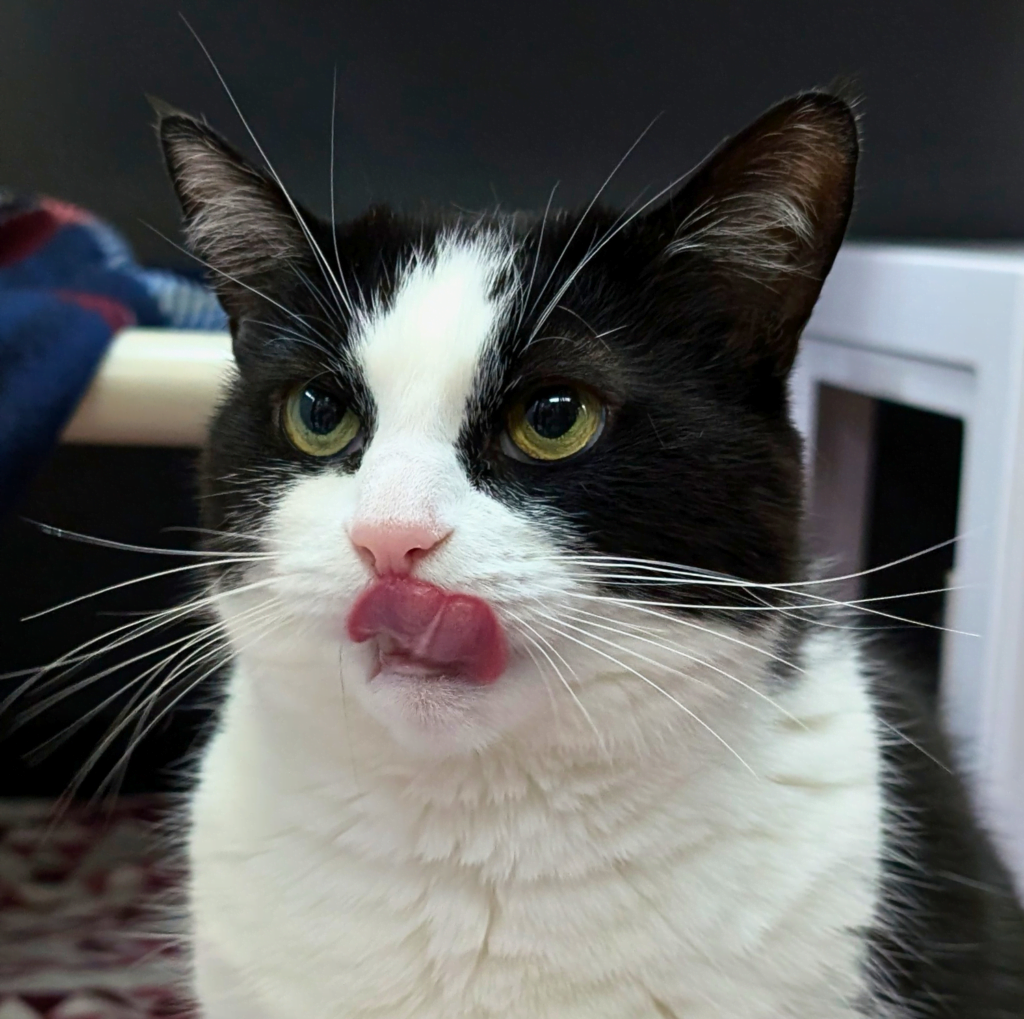
Weight management
Excess weight and obesity are widespread in dogs and cats, for two main reasons: inactivity and on-demand feeding and treat-dispensing. Although some animals are able to ration their own intake, most will eat more than they need, which is why they must be given controlled portions.
Quantities
Once you have selected the right food to keep your companion healthy, you must make sure to feed them the right amount! Your dog or cat’s nutritional needs vary according to age, physical activity and health, among other factors. Spayed/neutered and older animals have slower metabolisms and should be given smaller portions, whereas a very active or growing animal will need to eat more. Follow the instructions on the packaging, or ask your veterinarian or animal health technician to help you assess the quantities your companion needs. As a general rule, dogs can be fed twice a day, while cats prefer to be fed several small portions throughout the day.
How to serve your animal’s food
Traditional stainless steel bowls are very convenient, as they are easy to clean, but there are more interesting ways to feed your dog or cat! Food-dispensing toys and slow-feeder bowls are a handy way to slow down animals that eat too quickly, but they can also stimulate less enthusiastic eaters. Additionally, they are an excellent way to foster your companion’s mental health. Fido or Fluffy may sleep on the couch and eat kibble, but their hunting instincts are still alive and well! And since predators invest a lot of time and energy in finding their food, making your dog or cat “work” to get their meals can help keep their brains sharp.
Table scraps
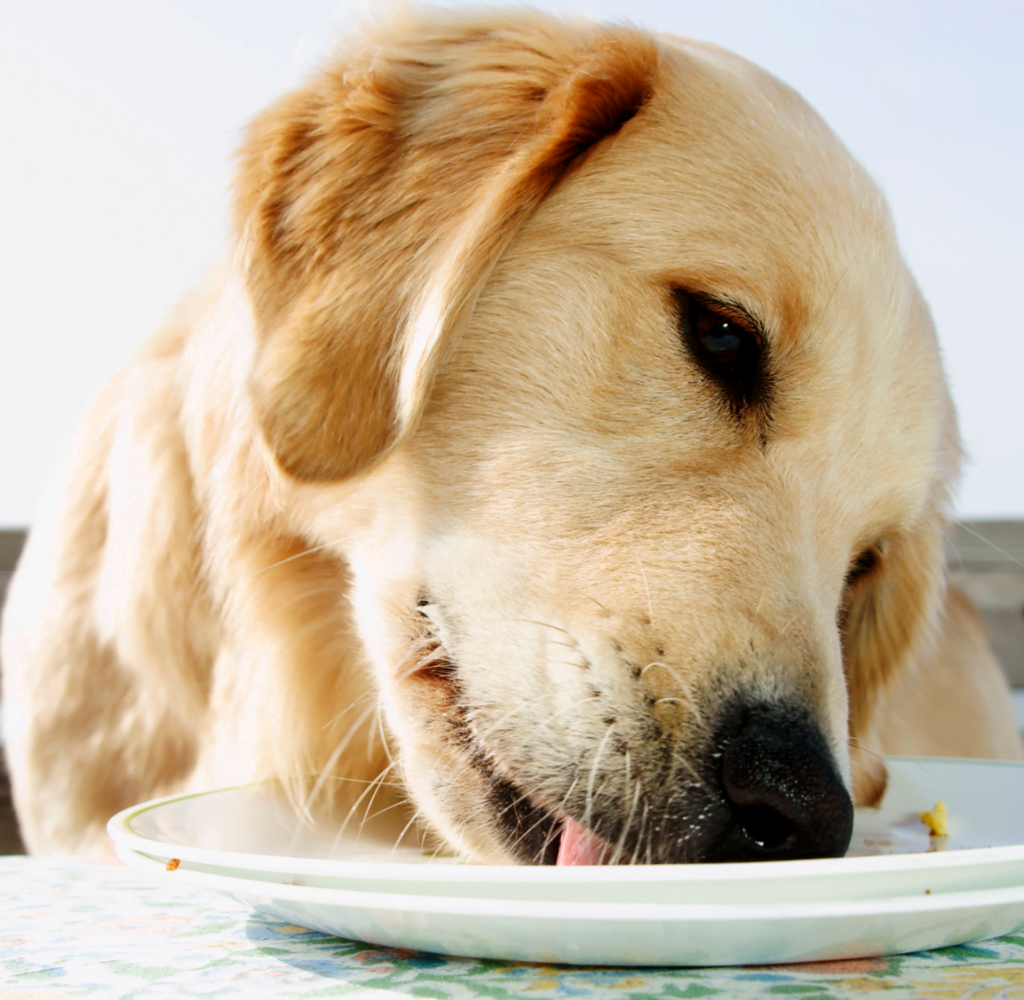
With the exception of foods that are downright toxic for dogs and cats—chocolate, coffee, garlic, onions, grapes, avocados, etc.—giving them the occasional table scrap is perfectly safe. Avoid anything excessively spicy, sweet or fatty, and bear in mind that junk food is no better for animals than it is for people! Above all, remember that table scraps count as part of your animal’s regular ration. And if you want to eat in peace, don’t get into the habit of feeding your animal at the table… Lastly, never give your animal bones, as these can perforate their digestive tract, as well as accelerating tooth wear.
Grains
Grains are an important source of carbohydrates, protein, fiber and vitamins for your animal. There is currently no scientific evidence to show that grain-free formulas are better than foods containing grains. If you nevertheless want to give your dog or cat a grain-free diet, discuss this with your veterinarian!
Raw food
Some people swear by raw food, but you should be aware that this remains a controversial diet. Regardless of your opinion on the subject, take the time to do your homework before giving your animal an unconventional diet. Talk to your veterinarian about the pros and cons of each option.
Variety
It’s a good idea to get your companion animal used to different flavours and textures, for example by alternating between canned food and dry food, to prevent them from becoming picky eaters. Cats, in particular, tend to develop food fixations, and it can be very difficult to change their diet later on.
To prevent digestive problems, new foods should be introduced gradually. This is particularly true if your companion has been eating the same formula for some time. A “sensitive stomach” or “gastro” food is a good solution if you want to introduce something new to your animal’s diet, or if a change in routine is affecting their digestive health.
For dessert…
Beware of trends and marketing. Animal food is a huge industry, and it is swayed by every passing fad. If you are uncertain about any food, turn to a veterinarian or animal health technician for advice. These professionals are best placed to provide you with reliable answers and recommendations. After all, just as you care about your companion’s health, so do they, because this is their mission and their passion!
For more information
- Comment nourrir son chien?, Ordre des médecins vétérinaires du Québec
- Mon animal est-il obèse?, Ordre des médecins vétérinaires du Québec
- La nourriture sans grains : ce que la science en dit vraiment, Globalvet, 2021

